I present to you the project that I started as a consolation for not being quite ready to start the project I really wanted. If you’re interested in the back story, read on. If you just like to stare at little bits of people’s lives they can never reclaim, it’s right here.
This image is based off of a scene at my Sister & Brother-in-Law’s farm down in Virginia. The chair is bolted to an old plywood board, which used to be attached to an old boat, which used to be new. The chair is probably all that’s left. It’s a terrible chair. It sits in close proximity to the property’s fire pit where we all sit quietly and look at our phones until the alcohol kicks in. You can imagine the seat looking quite inviting on a chilly evening around a fire; you’d be wrong though. There’s no back support and the bolts attaching the board seem to have questionable ethics where keeping people upright is concerned. There was also the thing about the alcohol two sentences ago.
In the end there are at least a few things wrong, from what I had intended to end up with. For one, I ditched that busted strap because I’m a real artist, not because I couldn’t get it to stop looking stupid. There’s also a bracket that connects the top seat and back portion of the chair, but I forgot to place it in the final scene, and this bitch took about three hours to render. So, the bracket is gone. I don’t think I need to reference the whole artist thing again.
Here’s what the geometry of the whole scene really looks like.
One of the things I’m learning to appreciate about 3D artwork is that I only need to spend time end effort on the visible elements of the scene. And, the less central that element is, the more ‘making it work’ I can do. For example, those stupid looking trees don’t look so bad from the camera’s perspective, and much better when they’re out of focus. This, of course, is something I learned after the last project that took much, much, longer than it should have, but wasn’t really driven home in my mind until I did it again this time around.
This was my first foray into texture mapping in Cinema 4D. “UV” mapping, they call it for some reason. Seriously, that’s what the training material says–“for some reason”. Texture mapping is tedious at first, but eventually quite intuitive and powerful. I was able to give a lot more realism to the ground where the patch of grass is missing using something called a displacement map, and sub-polygonal displacement.
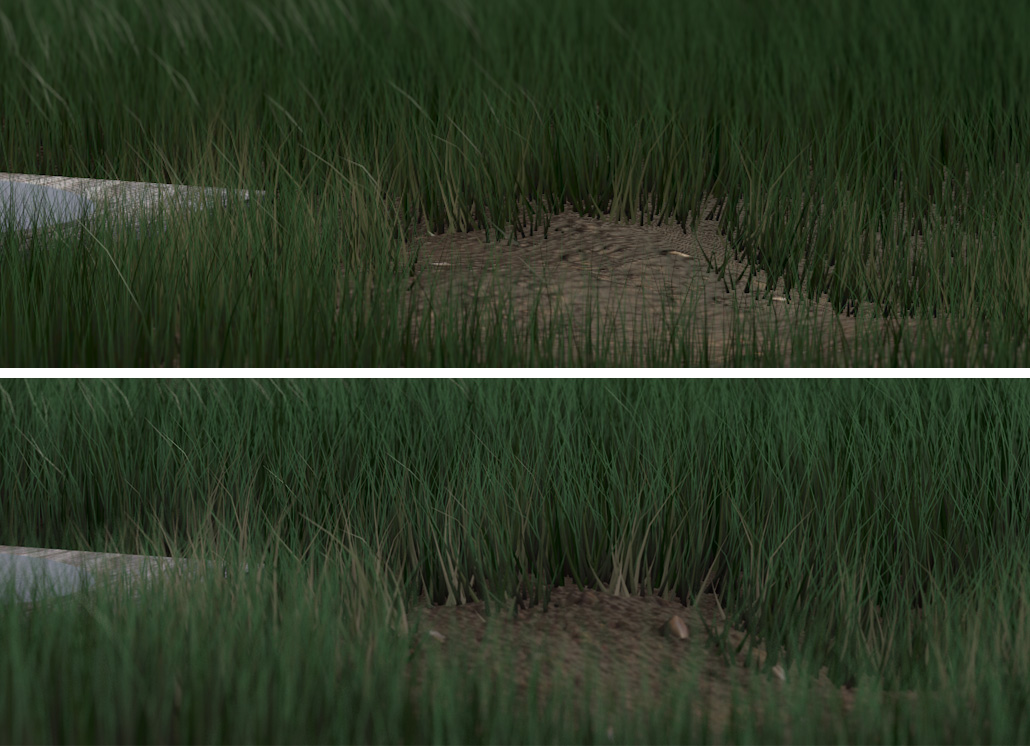
Dimension is given to the larger gravel elements in the ground. It also creates an unevenness at the roots of the grass.
A Displacement map is basically a black and white image of a texture. White areas cause the polygons on the object to push out, while darker areas cause the polygons to push inward. Sub-polygonal Displacement is when the system uses that black and white image to add more polygons to an object in order to increase detail. This was also the culprit a few nights ago when a test render took 6 hours to convince me to cancel it.
Here’s what the displacement map looked like for that little patch of ground above.
The grass was another new challenge. I dabbled with the concept in my snow globe project. This time I wanted to go for more realism, and I got a lot closer, though I’m still struggling, especially where the grass meets the ground. Also, as a friend pointed out, there just aren’t enough imperfections. I haven’t figured that one out, but I made some good steps in the right direction. One of the biggest challenges I’ve been learning to deal with is when to say enough is enough; when is whatever I’m challenged with finished? If I wanted, I could continue to tweak and refine this image until it looked truly photorealistic. It’s a long way off. But it’s possible. It’s really exciting and inspiring, but it also makes it very, very hard to say, “I’m done”. But this is a good skill to hold, and this might be the perfect tool to teach me.
Enough is enough.
I’ve been doing some writing over the last few days, I think I might share some of it later this week. Until then, hats off to you for reading this far.
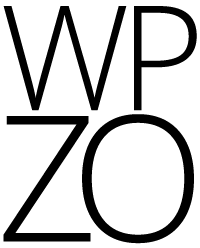
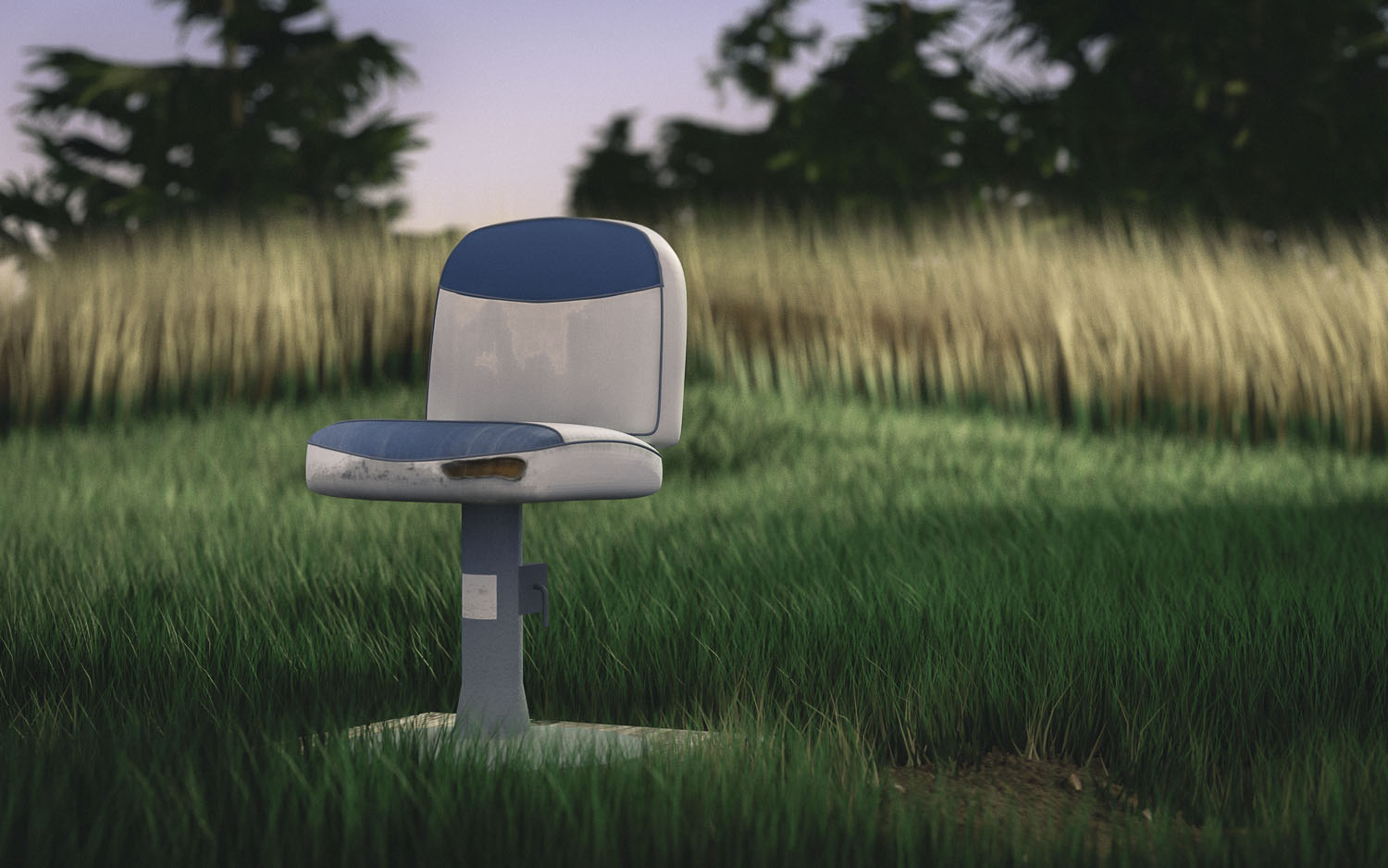
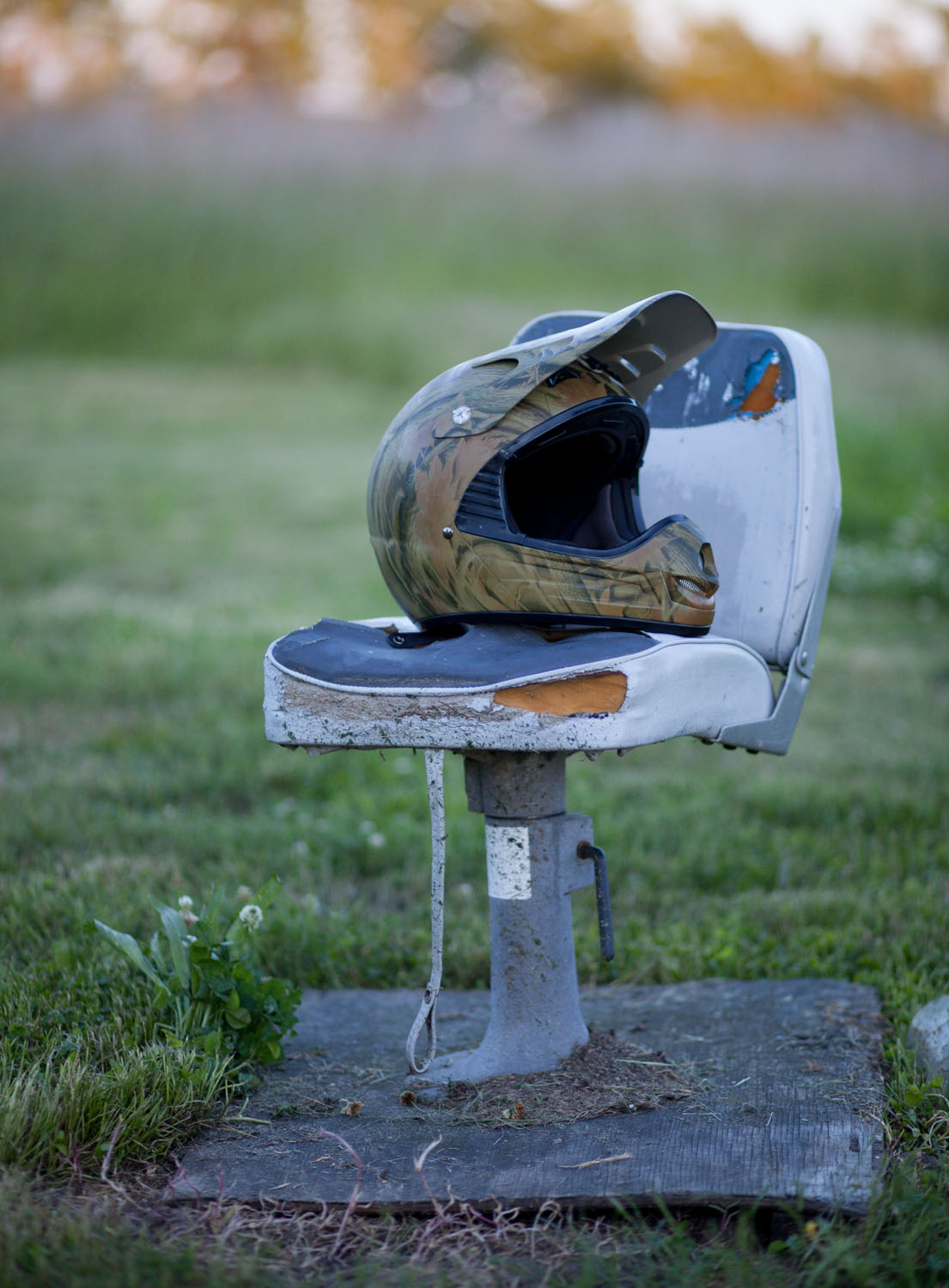
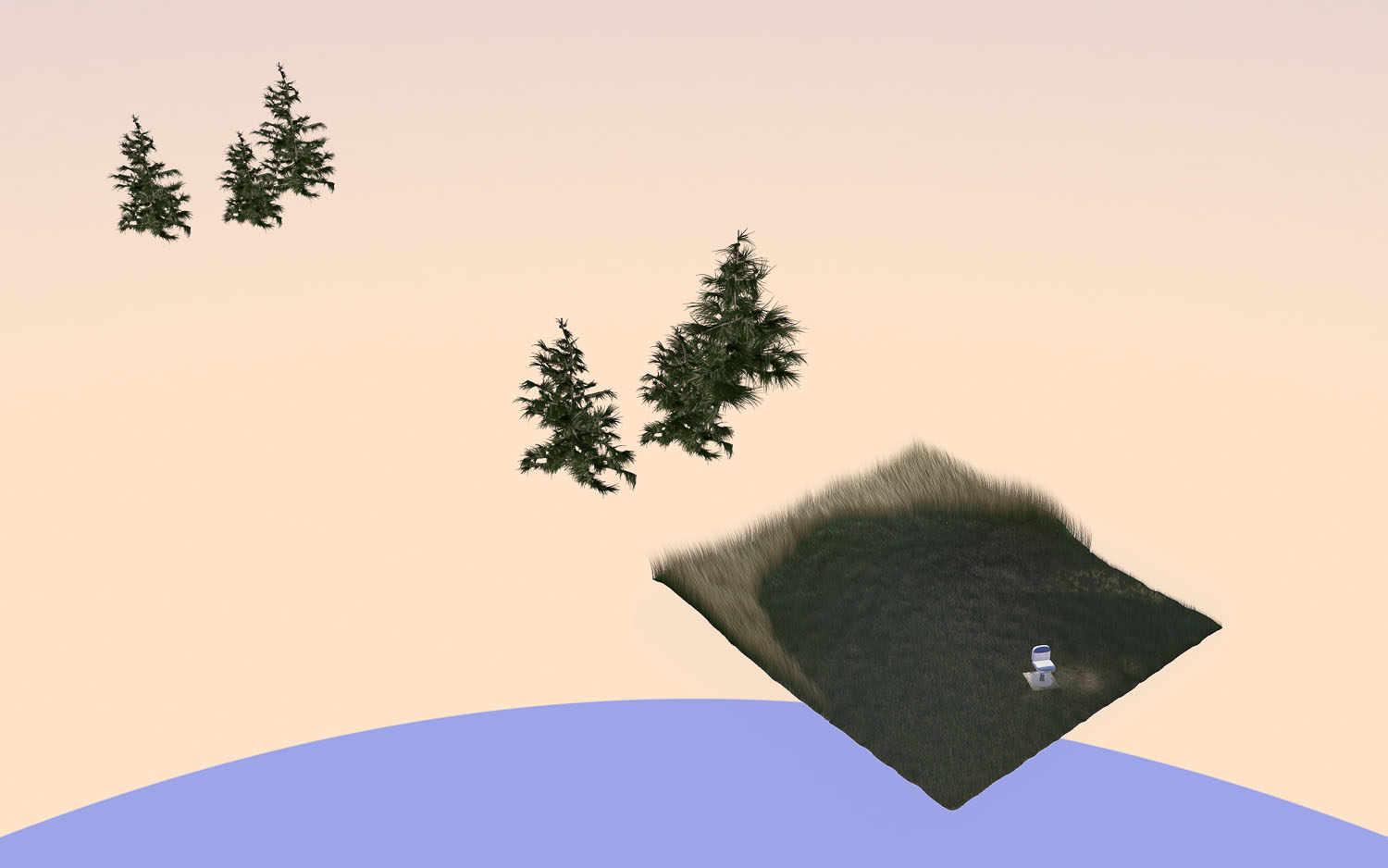
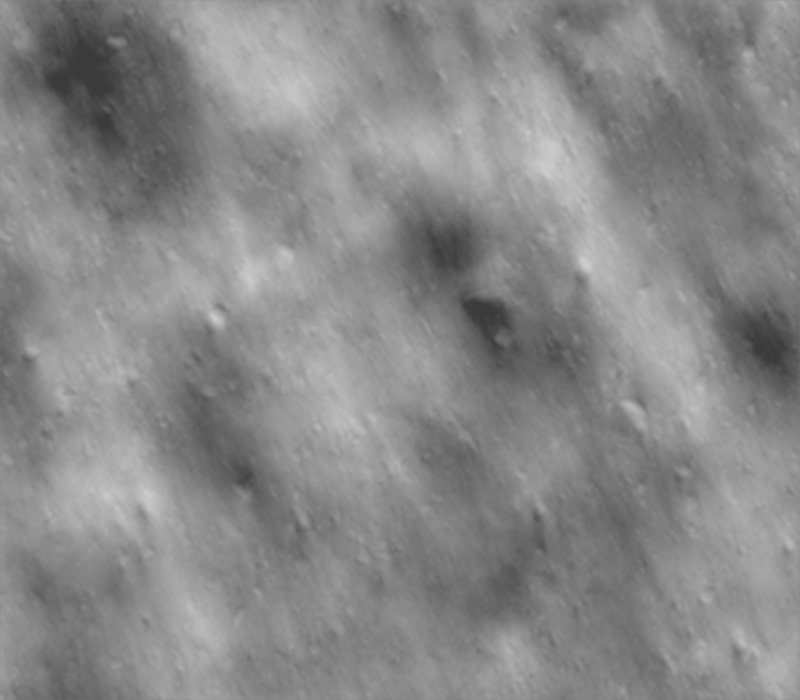
Recent Discussion